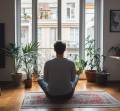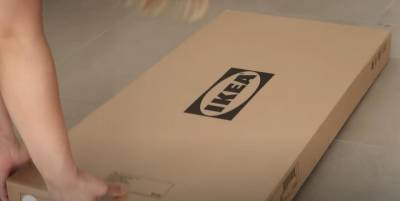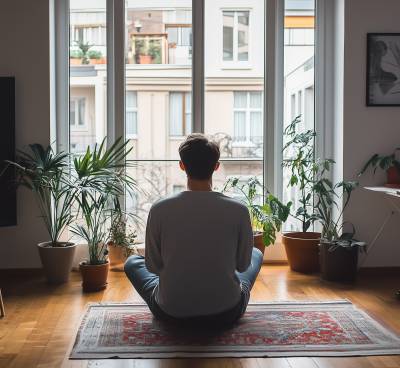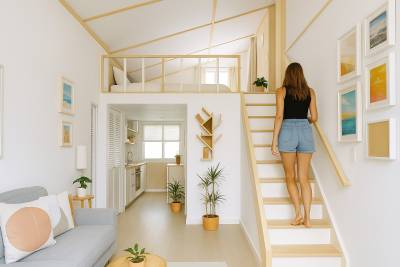Design is personal—now more than ever. In 2025, interior design is stepping away from cookie-cutter aesthetics and leaning hard into individual expression, sustainability, and emotional well-being. Homes are becoming reflections of who we are and how we want to feel. They’re smarter, warmer, and more layered—not just visually, but emotionally, too.
This year's trends don't chase novelty for its own sake. Instead, they ask: what makes a space feel good to live in? What brings us comfort, joy, and inspiration every day? Let’s take a walk through the ten trends shaping that answer right now.
1. Sustainability Moves From Buzzword to Baseline
Sustainability is no longer a nice-to-have—it's foundational. Recycled materials, ethically sourced wood, and non-toxic paints are becoming staples rather than statements. Designers are working directly with local artisans and upcycling old pieces instead of buying new, reducing both carbon footprints and design fatigue.
One fascinating shift is the return of natural insulation like sheep’s wool or cork, once forgotten in favor of synthetic alternatives. These materials aren’t just environmentally sound—they also improve air quality and acoustics, quietly upgrading your everyday life.
2. Bold Colors Are Making a Confident Comeback
After years of soft neutrals and grayscale everything, colors are finally shouting again—but in a grown-up way. Expect deep jewel tones like emerald, terracotta, and aubergine dominating kitchens, living rooms, and even bathrooms. They're not garish—they're grounded, often balanced with natural textures like rattan or oak.
Fun fact: research shows that saturated hues can stimulate dopamine release in the brain. So no, that poppy-orange reading chair isn’t just stylish—it might actually make you happier.
3. Soft Geometry Is the New Modern
Sleek, minimal lines are giving way to shapes you actually want to curl up in. From curved sectionals to kidney-shaped coffee tables, soft geometry adds comfort and approachability to modern design. It humanizes a room.
This trend isn’t just aesthetic—it’s also functional. Rounded edges are safer in family homes and make small rooms feel less confined. Plus, the fluid forms echo nature, helping interiors feel more organic and intuitive.
4. Biophilic Design Gets Smarter
Designers have long known the psychological benefits of bringing nature indoors, but in 2025, biophilic design is evolving with precision. Vertical gardens, moss walls, and even indoor fountains are popping up in unexpected places—like stairwells and hallways.
Beyond looks, this trend supports better living. Studies show that exposure to greenery indoors can lower cortisol levels and improve concentration. Some companies are even embedding sensors in soil pots to help houseplants thrive, blurring the line between tech and nature in charming ways.
5. Multi-Functional Spaces Are Now the Norm
Gone are the days when a guest room could sit empty for months. Today, every square foot works harder. With more people working from home, dining tables double as workstations, and spare bedrooms pull triple duty as yoga studios, media nooks, or hobby zones.
Designers are responding with clever solutions: built-in murphy beds, fold-out desks, and hybrid furniture that transforms on command. It’s not just about saving space—it’s about preserving peace of mind. No more clutter, no more compromise.
6. Statement Stone Is the Material of the Moment
Marble isn’t new—but in 2025, it’s getting dramatic. Expect thick slabs of Calacatta Viola, bold green marbles from India, and high-contrast granite with lightning-bolt veining. Stone is going vertical too, cladding fireplace surrounds and entire shower enclosures.
Why the obsession? Part of it’s sensory: cool to the touch, rich in detail, and quietly luxurious. But it’s also about longevity. Natural stone ages with grace, gaining patina and character over decades. It’s investment design with emotional payoff.
7. Vintage Isn’t Going Anywhere
Thrifted and heirloom pieces continue to be interior gold. Vintage furniture tells stories, softens the sharpness of modern design, and reminds us that style is cyclical. It’s not just about nostalgia—it’s about texture, contrast, and soul.
Some homeowners are even hiring specialists to source rare pieces from estate sales and European flea markets. A 1970s Italian light fixture or a worn Persian rug can be the heartbeat of an otherwise modern space.
8. Personalization Beats Perfection
There’s a growing distaste for sterile, overly staged interiors. People are filling their spaces with meaningful mess: gallery walls with personal photos, shelves that mix art books with goofy souvenirs, and dining tables that show signs of actual meals. It’s deliberate imperfection—and it’s delightful.
Paintings from local artists, handwritten notes on the fridge, even a child’s drawing framed and hung—these touches don’t match, but they matter. They make a home feel lived-in and loved, rather than just photographed for social media.
9. Tech Is Seamless, Not Showy
Smart homes aren’t about flexing anymore. Instead, technology is being integrated so invisibly that you might forget it’s even there—until you need it. Think voice-controlled lighting, fridges that manage your grocery list, or HVAC systems that self-adjust based on outdoor conditions.
But even more interesting is the rise of tactile tech: textured controls, analog-inspired smart switches, and sound systems that respond to gestures. It’s tech that engages your senses, not just your screens.
10. Texture, Texture, Texture
2025 is less about patterns, more about feel. Designers are layering tactile materials to create depth—matte limewash walls, chunky wool throws, woven grass shades, and unglazed ceramics. Texture adds a quiet richness that flat color can’t match.
It’s not just for aesthetics, either. Soft surfaces absorb sound, rough ones reflect light differently, and natural fibers breathe better. In other words, texture isn’t a trend. It’s a language—and our homes are speaking fluently.
In closing? Homes in 2025 aren’t just places to live. They’re emotional ecosystems—spaces built for feeling, healing, and expressing who we are. It’s design with purpose, rooted in the human experience. And that’s a trend worth keeping.












